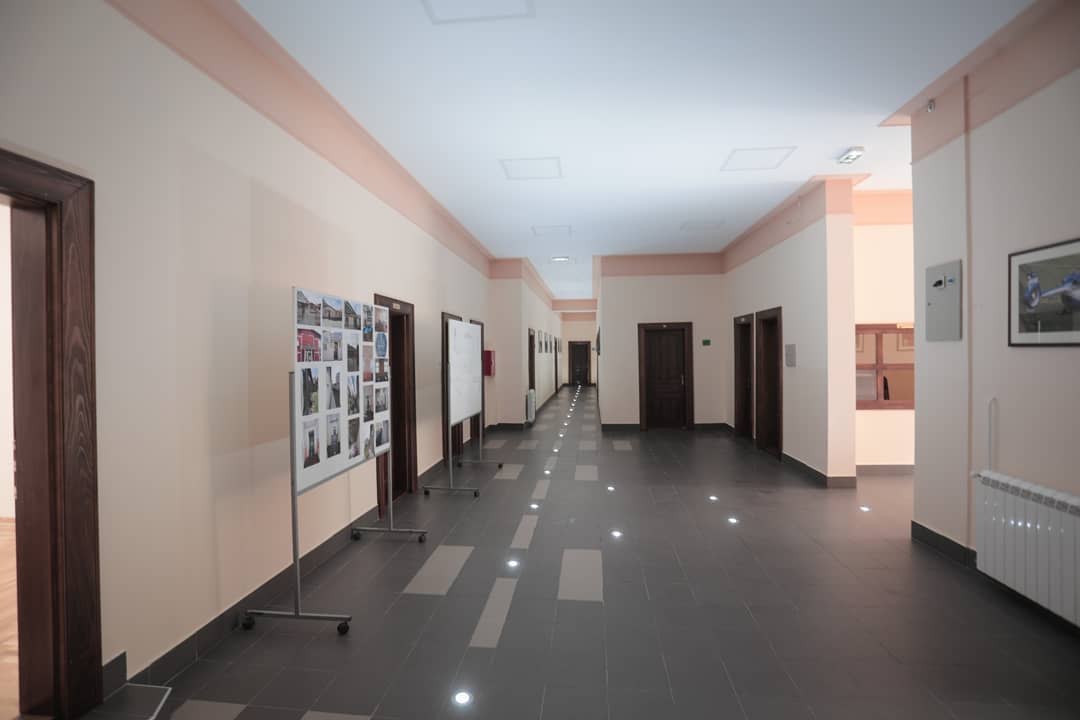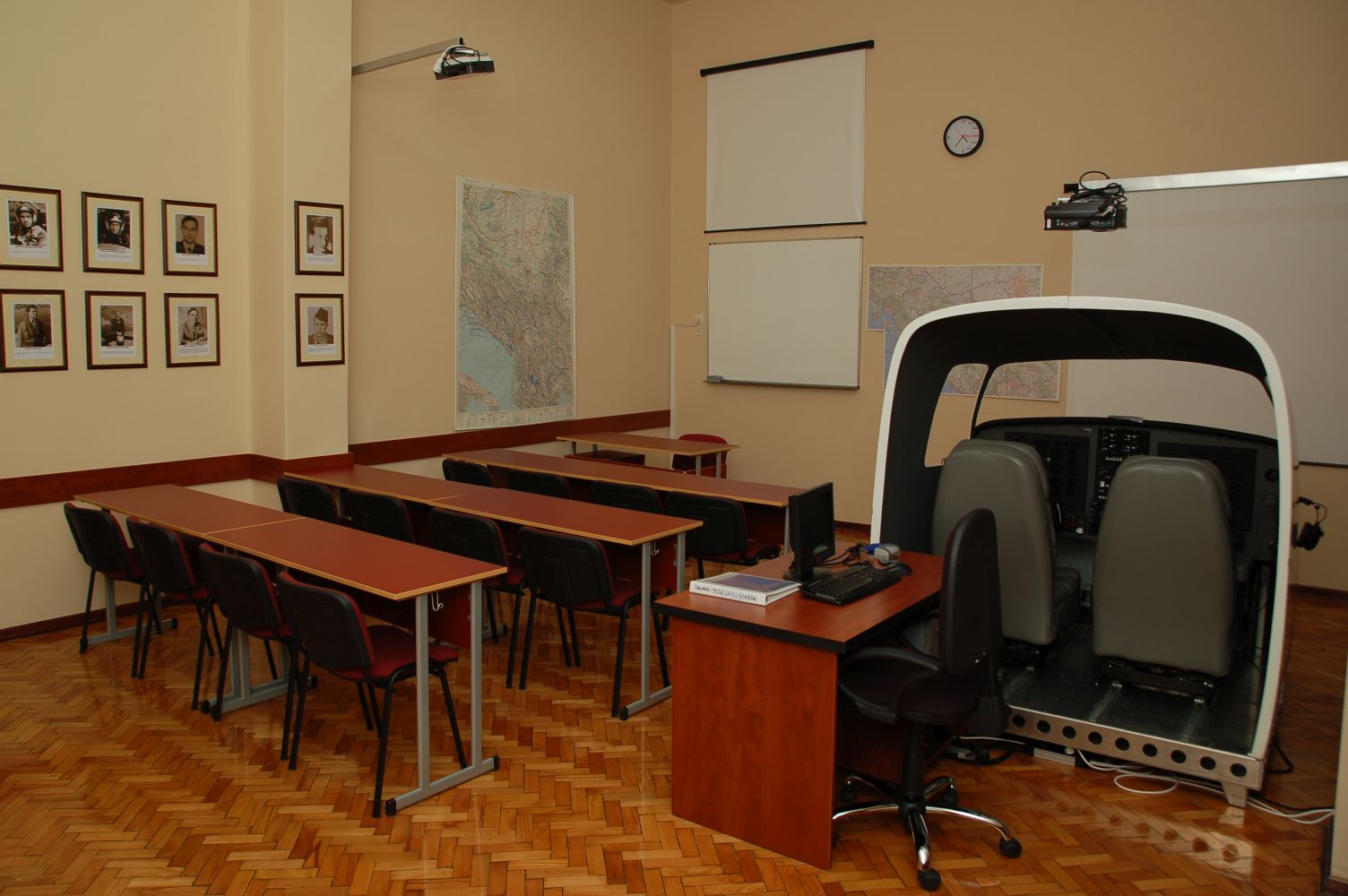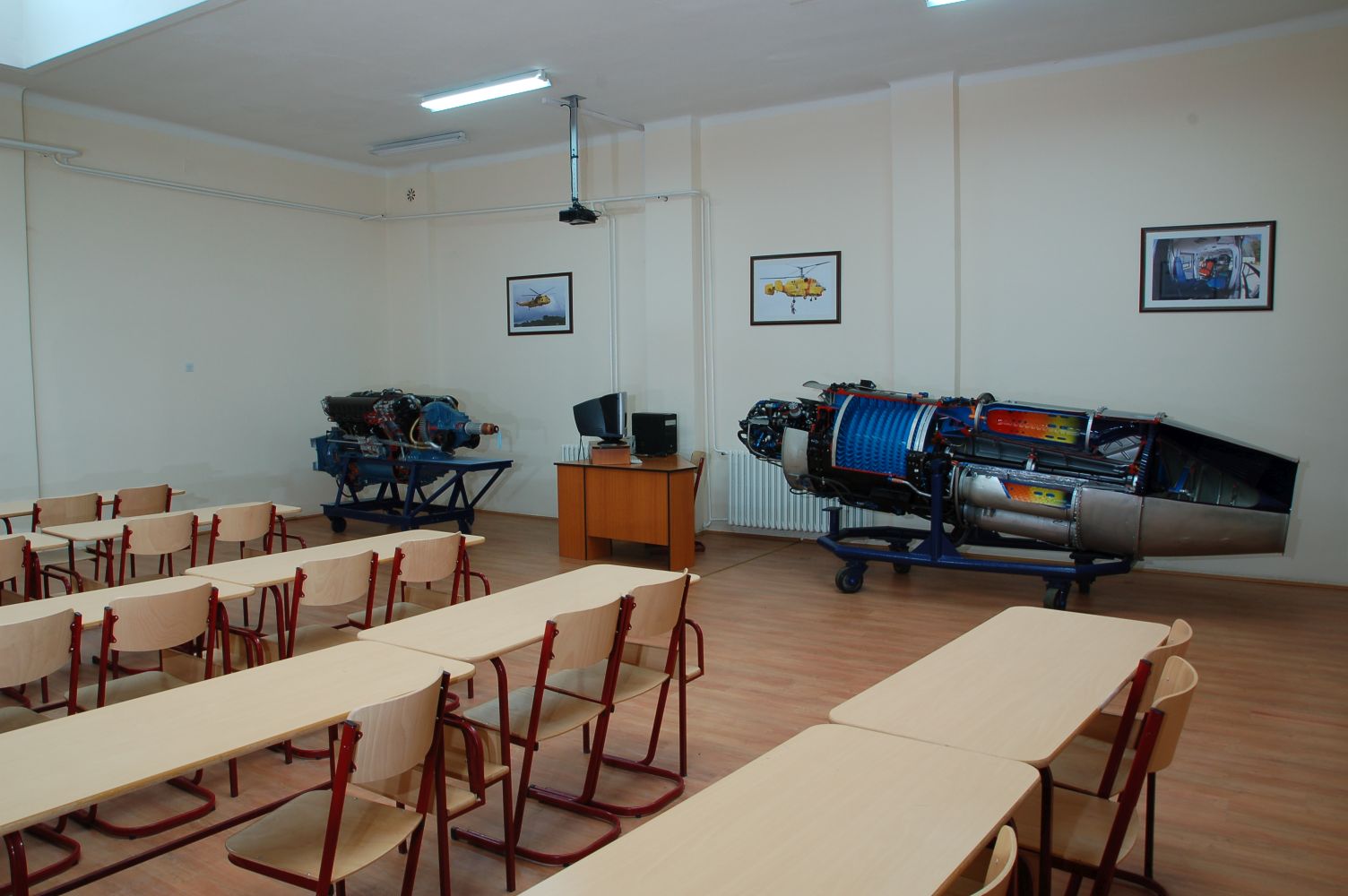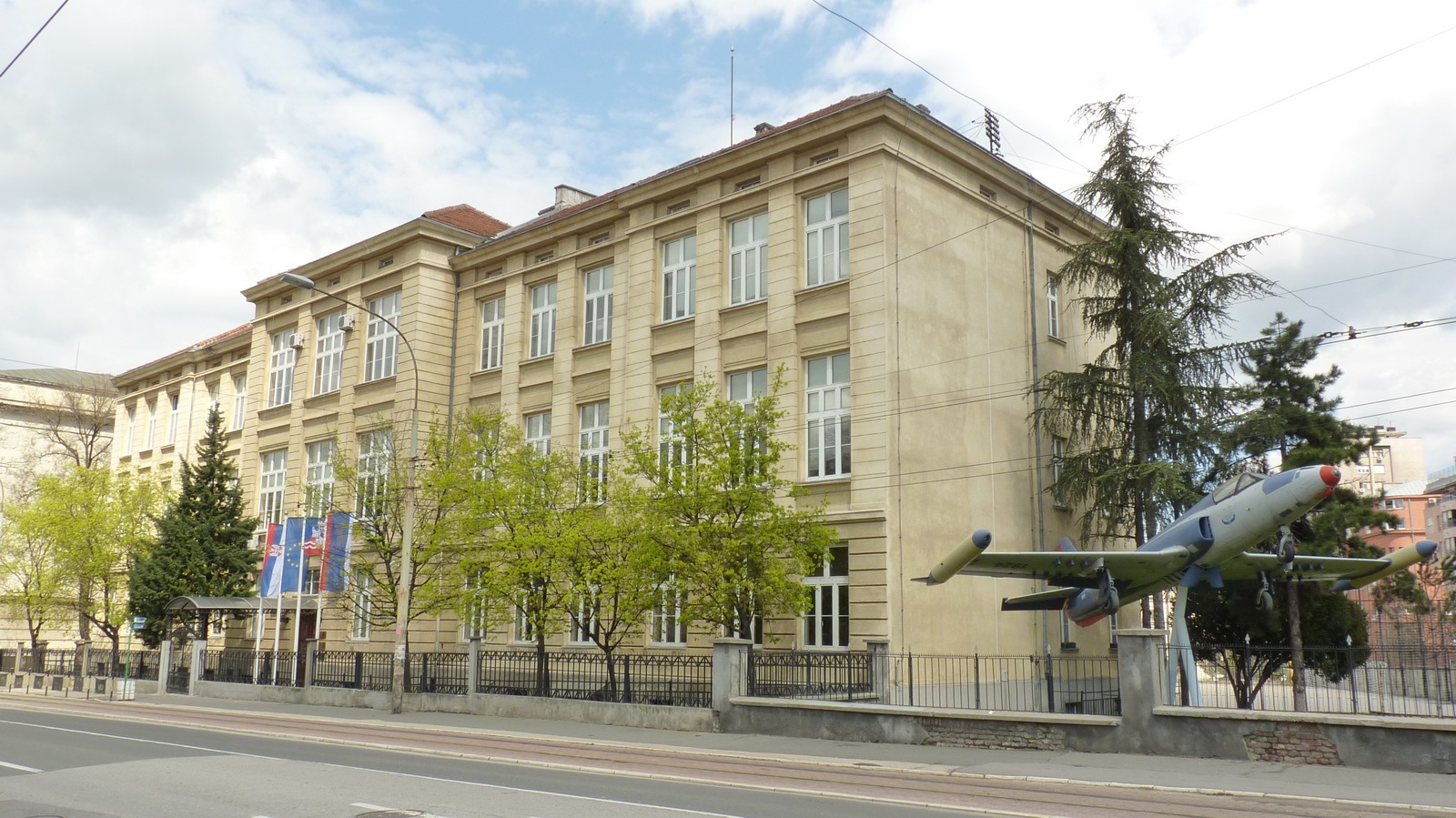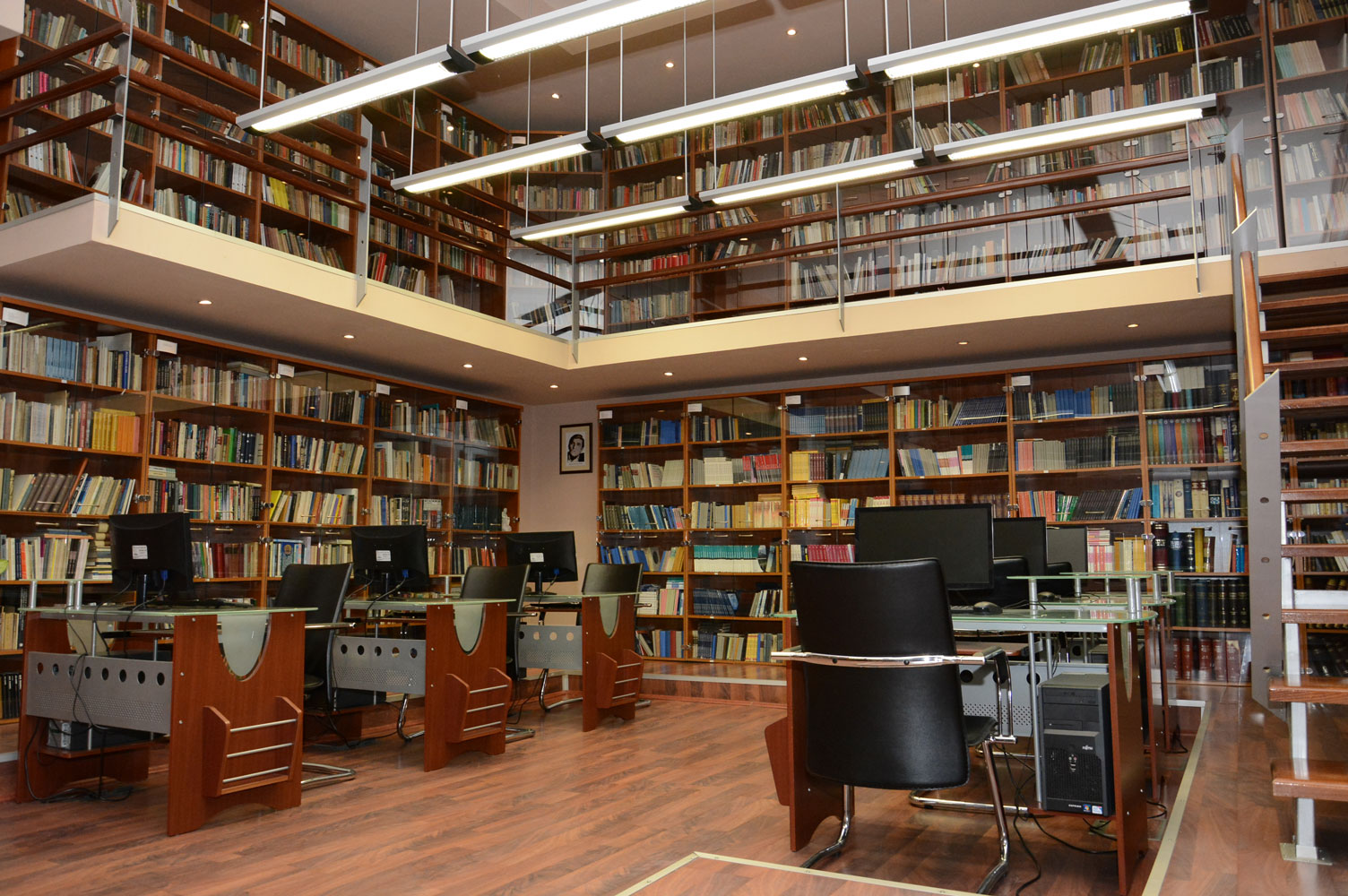
Aviation Academy (Vazduhoplovna akademija)
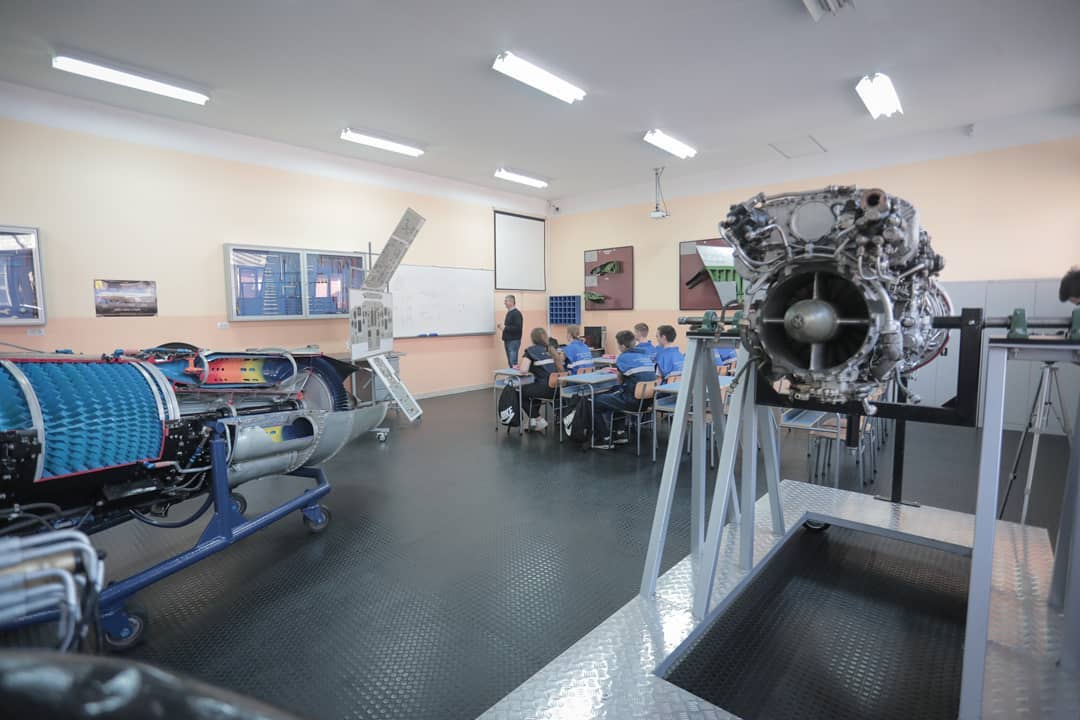
Member profile title: Aviation Academy (Vazduhoplovna akademija)
Category:  Other
Other
Role(s) in Skillman Network:  Official Member
Official Member
Address: City of Belgrade, Belgrade, Bulevar vojvode Bojovića 2, Belgrade, Serbia
Serbia
Contact person:  Danijela Manic
Danijela Manic
WebsiteThe Aviation High School originated from the Union of Engineers of Serbia initiative created in 1894, however historical circumstances, the Balkan Wars and World War I postponed its foundation.
The Law on Technical High School was passed on March 30 1922, and it was publicized in the Official Newspaper of the Kingdom of Serbs, Croats and Slovenes no. 105 on May 15 the same year.
The design of the layout and estimate for the construction of the Technical High School were made by an architect, Josif Bukavac.
The School was built at the corner of Dušanova and Knez Mihailova Street although it had been originally planned to be built on the land where Palilula barracks used to be. The construction works lasted for two years.
At the same time, the first steps of civil aviation in our country were recorded.
First planes of the international society “Franko-Rumen” landed at an improvised Belgrade airport near Pančevo on March 25 1923, and regular transport of parcels started on April 16 that year. ”Ikarus” was founded in Novi Sad on November 20 1923, as the first Serbian airplane industry, and the first Serbian airplane manufacturing company Rogožarski was founded on April 21. An opening ceremony of the first new Belgrade airport situated in the vicinity of Bežanijska kosa was held on March 25 1927.
The State Technical High School in Belgrade officially started working on September 22 1924. Ever since that day, the history of Serbian education, industry and aviation has been written in the premises of the school in Boulevard of Duke Bojović.
Vršac is one of the oldest towns of Banat region, located on the southeast border of the Pannonian plain, and 80 km southeast from Belgrade. Favourable wind conditions made the region of Vršac an optimal place for gliding. That led to creation of the first aeronautical club “Our Wings” (Serbian: Naša krila) in 1925. As gliding became more and more popular, first capital investment was made- the construction of the first hangar for storing airplanes. The facility was finished in 1934.
Along with the development of the School, an interest in its expert staff was rising. That moment was written in history as the first cooperation of the Ministry of Army and Navy based on education of the expert staff for the needs of the Kingdom of Yugoslavia.
Minister of Army and Navy of the Kingdom of Yugoslavia, Dragomir Ž. Stojanovic made the decision on July 14 1930 that 20 non-commissioned officers should enrol in The Technical High School with an intention to obtain the expert staff for the military purposes.
During the period of time before the World War II, the School was the place where numerous constructors emerged from making an everlasting mark on the development of Serbian aviation of that time. A gliding club was created at school, in Belgrade, on November 10 1934 as a special branch of the Kings aeronautical club “Our Wings”. The gliding group “Ikar” was created later. These organisations had a cooperation with airports in Zemun, Novi Sad and Borovo.
The man whose work had completely marked the pre-war period of the development of the State Technical High School, was its founder and first headmaster, Josif Bukavac.
Six students from the School fought in the International brigades in the Spanish Civil War, and its students and teachers showed both courage and readiness to fight against fascism which threatened to devour free Europe at the time.
Punitive military operation named “Last Judgement” started above sleeping Belgrade with the deafening thunderstorm of German aviation on Sunday morning, on April 6 1941. Nazi bombs damaged yard building heavily, and the main building was seized by Wermacht units. The occupying authorities ordered the School to continue its work.
Since March 22 1942, the seat of the School was moved, under compulsion, into the premises of the Trades Academy in Cetinjska Street, then Primary School “Vojislav Ilić”, and at last, in 1944, Primary School “Vojvoda Putnik” near the City hospital. Upon liberation, the School retrieved its original premises.
During World War II, more than two hundred students and teachers of the State Technical School sacrificed their lives for the ideal of liberty and nine of them were proclaimed national heroes.
After WWII, the intensive training of glider pilots in Vršac continued. A group named “The Ninth” (Serbian: Deveti) opened a gliding school and they flew planes that they designed and crafted by themselves.
During these post-war years, the total annual number of flying hours in Vršac was larger than the one in all other aviation centres in Yugoslavia. For that reason, the Headquarters of the Yugoslav Air Force declared Vršac to be the Centre for Glider Pilot Training. In 1947, Vršac Gliding Centre was handed over to the Civil Aviation Authorities of Yugoslavia.
According to the General directorate of the aviation industry, the Aviation Department was made. Its first students were enrolled in 1947, and it was a three-year syllabus.
Keywords:
Roster DB information
Mobility options: None
TVET (Technical Vocational Education and Training): No
Languages spoken:
Map has to be there
